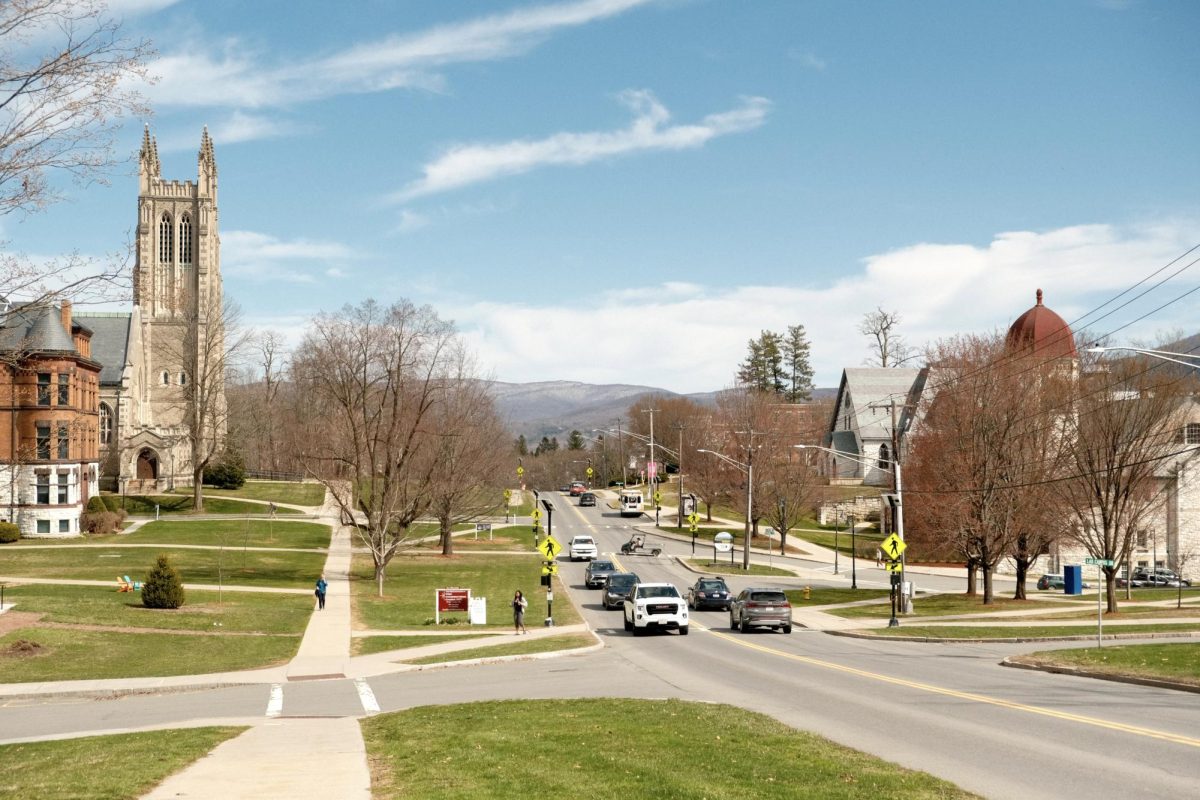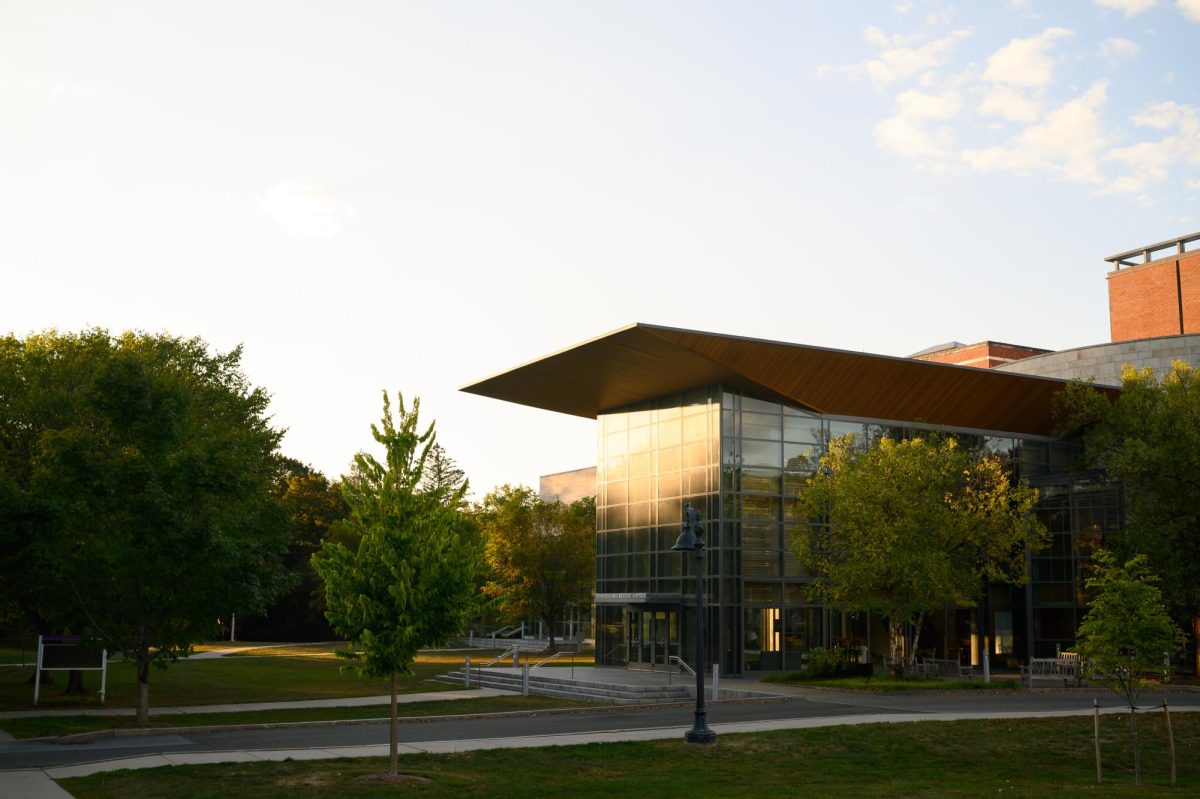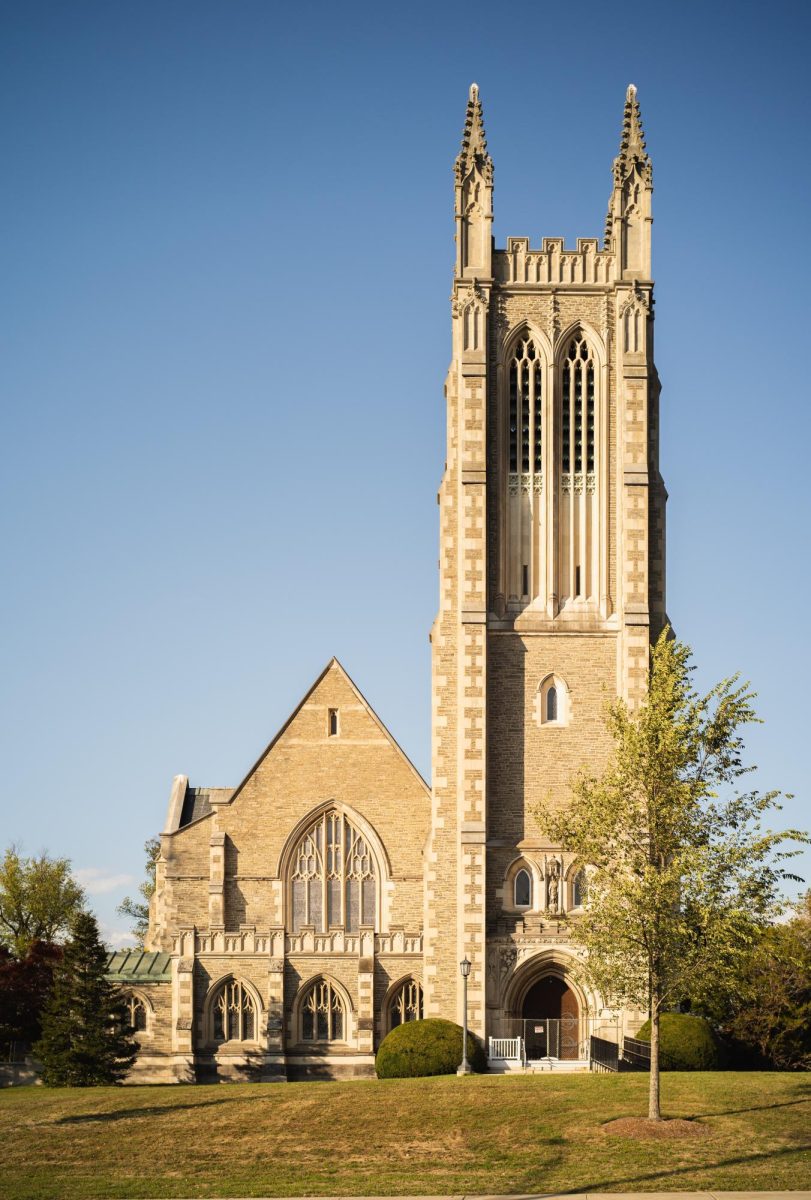Garfield House, a residential house located on South St, has been rebuilt and reopened to students this semester. Constructed as a “passive house” and US Green Building Council’s LEED (Leadership in Energy and Environmental Design) certified dorm, the new residence replaces the previous Tudor-style dorm built in 1850.
Originally housing the Delta Upsilon fraternity until the 1970s, the old Garfield structure was demolished for reconstruction last year. After a year of construction at the cost of $9.8 million, Garfield House now houses 40 students. Its modern design has large push-out windows and tall ceilings, and contains study nooks to compensate for its lengthy walking distance from the rest of campus.
With the 2020 Campus emissions goals soon coming due, the interim director of the Zilkha Center for Environmental Initiatives, Mike Evans, said that the College chose to prioritize energy use and emissions during the designing process of the new dorm.
Garfield House is the first Passive House at Williams. According to Evans, this means that its infrastructure prioritizes “a tight building envelope, insulation, eliminating thermal bridges (accidental heat transfer/loss) and passive solar heating.”
Since the College does not allow residential buildings to have air conditioning, the airtight features of the Passive House do have inherent risks for overheating in the summertime, as heat could get trapped in the buildings. In a spotlight report on Passive Houses on college campuses published by BuildingGreen, Inc, however, Michael Pulaski, the sustainability leader of the Garfield project and the vice president of engineering firm Thornton, explained that phase-change materials were used instead because of their ability to store heat in the ceilings and walls. “In the summertime, they’ll absorb heat during the day, slowly letting it out overtime as the building cools down in the evening hours,” Pulaski said.
Garfield House is now one of eight buildings on campus with LEED certifications, joining Sawyer Library, Hollander Hall and Schapiro Hall, among others. The construction process also focused on sustainability by using low emitting materials and recycling 80 percent of construction waste.
Although first-years and sophomores were never able to see Garfield in its original form, town residents voiced their opinions on the recent additions to the community’s urban landscape. Ralph Hammann, a town resident, expressed relief that Garfield House turned out better than he had expected in relation to other buildings. “It’s a pleasant surprise after the recent architectural misfires (2/3 of the new Inn) and debacles (the bookstore and the science building on Walden Street). Certainly, it’s the best looking building the college has built in a couple of decades,” he said.
Though Hammann lamented the loss of the Tudor-styled facade of Garfield, he expressed optimism regarding how the new building had successfully assimilated the historic features of the previous building with more modern, sustainable efforts.
For instance, despite the project required a complete rebuilding of Garfield House, the bricks that line the fireplace in the common room date all the way back to the 1850s, and the basement still has the wooden Founder’s plaque engraved on the wall.
Evans also mentioned that the College aimed to focus on “creating healthy spaces where people enjoy spending time.” In fact, during the Planning Board meeting that took place in December 2017, College General Counsel Jamie Art ’93 said, “Our proposal is to reduce that to seven spaces … There’s an ongoing effort to try to encourage more walking and biking. Having lots of parking immediately adjacent to dormitories is counter productive to the goal of getting people to walk or ride their bike to get to class, Spring Street or the library.”
Though some residents are frustrated with their parking assignments behind Thompson, many students have expressed positive views regarding the new building. “Garfield is beautiful,” Mahesh Saha ’22, a current resident at Garfield House, said. “I can’t believe we landed this with last pick during the Housing Coordinator lottery.”








